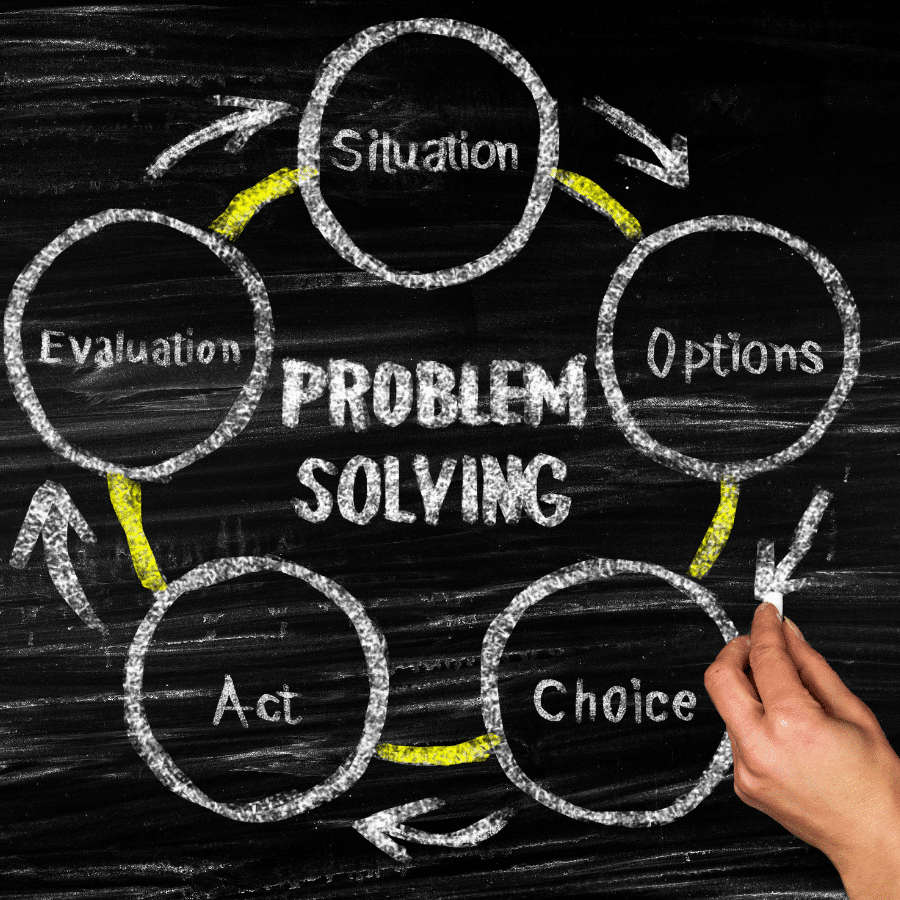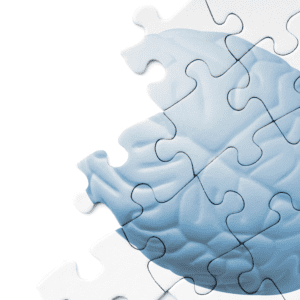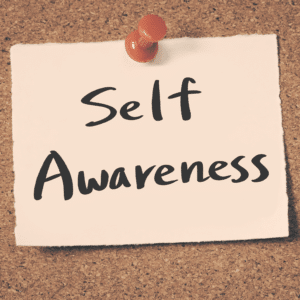概要
問題解決能力は批判的思考の重要な部分であり、現実世界で多くの応用があります。状況を評価し、解決策を生み出す能力は、ほとんどすべての職業で成功するために不可欠です。この記事では、問題解決能力を向上させ、自分の生活で活用できるようにするための効果的な学習テクニックをいくつか紹介します。
問題を理解する
- 問題を理解する
- 問題を理解しなければ解決できないことを認識してください。問題を理解することで、努力を集中し、適切なツールやリソースを特定できるようになります。
問題を分解する
これは、問題を小さな部分に分割し、1 つずつ取り組むための優れた方法です。この方法では、質問または問題を、個別に分析できる小さな部分に分割します。これらのサブ問題は、元の問題のどの部分が他の部分よりも重要であるかを判断するのに役立つだけでなく、サブ問題の解決に関係する変数やパラメーターを特定するのに役立ちます。これを実行したら、フローチャートなどの視覚的なツールを使用して、各部分が答えを導き出すプロセス全体にどのように当てはまるかを視覚化してみてください。
変数とパラメータを特定する
The first step in problem-solving is to identify all of the variables and parameters in your situation. Variables are things that can change, while parameters are things that do not change. For example, if you want to figure out how many chairs you need for an event with 100 people coming, then “number of people” would be considered a variable because it changes depending on who shows up at the last minute and how many get stuck in traffic on their way there (or whatever). On the other hand, “number of chairs” would be considered a parameter because it won’t change no matter what happens with those other factors–you’ll always have enough seats for everyone regardless!
A good way of remembering these definitions is by thinking about variables as being related to quantity or number while parameters relate more closely with quality or type
視覚化ツールを使用する
Visualization is a powerful tool for problem-solving. It can help you to understand the problem better, get a clearer picture of it, and identify variables and parameters.
For example: Let’s say that we have a problem with our car not starting in cold weather due to bad battery connections. We may have been able to solve this by simply checking all connections (which we did), but if we hadn’t thought about visualization as part of our problem-solving process, we would never have realized that there was an additional problem with corrosion on the cables themselves–this was causing poor contact between them when they were connected together under load from cranking or starting up the engine without having driven anywhere first.*
問題を小さな部分に分解する
- 問題とその部分を特定します。
- 何を解決しようとしているのかを特定して、問題を小さな部分に分解します。たとえば、数学の宿題が分母が異なる分数の足し算である場合、そのタスクを「足し算」や「分数」などのより簡単なステップに分解することから始めます。
- 一度に 1 つの部分に集中する: 課題や問題集に取り組むときは、一度にすべてに取り組もうとしないでください。そうすると、フラストレーションと混乱を招くだけです。代わりに、大きな課題の 3 つの小さな部分だけを解決し、それがうまくできるようになるまで集中して、次に進んでください。このステップの後にもまだ解決されていない問題が残っている場合 (おそらくあるでしょう)、すべての部分が正常に完了するまで、ステップ XNUMX ~ XNUMX を繰り返します。
解決策をブレインストーミングする(アイデアを生み出す)
When brainstorming solutions, think about how you can solve the problem. Don’t worry about whether your ideas are good or bad, original or not. The goal is simply to generate as many solutions as possible, so don’t hold back!
Once you’ve come up with a list of solutions and have chosen one that seems feasible based on your knowledge of the situation at hand (or if there isn’t one), write down what needs doing in order for this solution to work. For example: “I need four people who are able-bodied enough to carry heavy objects.” Or: “We need more food storage containers.”
結果を評価する
After you have completed the problem-solving process, it is time to evaluate your results. Evaluating your results involves determining whether or not your solution and approach were effective in solving the problem. If they were not effective, then it may be necessary for you to go back through the steps again until you come up with a better solution or approach.
If at all possible, try solving another similar problem by using this new method so that you can see how well it works for different types of problems. If this new method does not work well enough for certain types of problems, then maybe there are some factors within those particular situations that make them more difficult than others; however, if we take these issues into consideration when developing our solutions (or approaches), then we should be able to come up with something more useful overall!
問題解決能力を向上させるための効果的な学習テクニックは数多くあります。
There are many effective study techniques for improving problem-solving skills.
Problem solving is an important skill to have in any field, but it’s especially crucial when you’re looking for work or starting your own business. As a job seeker, you’ll need to be able to solve problems on the fly and think on your feet during interviews–if you can’t do those things, then chances are good that your application will go straight into the trash bin before it even gets read by anyone at all!
まとめ
この記事が、問題解決能力の向上に役立つことを願っています。いつものように、自分に合ったテクニックが見つかり、学習が楽になるまで、さまざまなテクニックを試してみることをお勧めします。幸運を祈ります!









